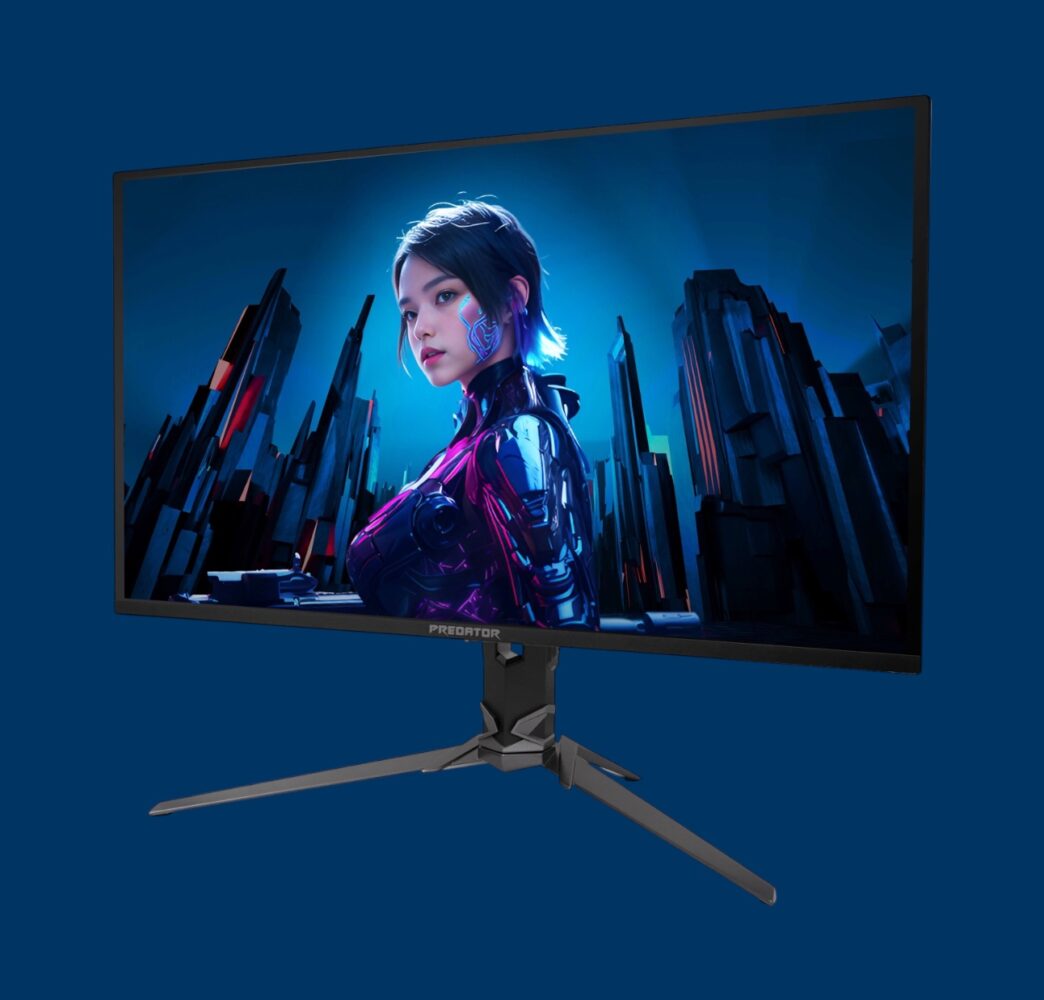Capcom has expanded the reach of its survival horror franchise by releasing Resident Evil 3 for iPhone, iPad, and Mac. This move marks a significant step in bringing high-end gaming experiences to Apple’s mobile and desktop platforms. The game, a remake of the 1999 classic, follows Jill Valentine’s struggle to escape Raccoon City during a T-Virus outbreak, with the relentless Nemesis pursuing her.
The availability of Resident Evil 3 on Apple devices allows a wider audience to experience this title. The game is offered as a free download with a trial portion, and the full version can be unlocked through a $9.99 in-app purchase. An additional $1.99 option provides instant access to all in-game rewards.
However, to ensure optimal performance, Capcom has specified hardware requirements. On iPhones, the game requires an iPhone 15 Pro or later running iOS 17 or newer. iPad users need iPadOS 17 or newer, with an A17 Pro or M-series chip. Mac compatibility extends to macOS 13 or later, requiring at least an M1 chip. The game also demands substantial storage, with a minimum of 31GB and an initial download of 20.7GB. While touch controls are available, Capcom recommends using a game controller for a more immersive experience.
One of the key features of this release is the ability to synchronize progress across Apple devices. Players can seamlessly transition between playing on a Mac, iPhone, or iPad without losing their saved data. This cross-platform functionality enhances the flexibility of gameplay, allowing users to continue their progress on different devices.
Capcom’s decision to port Resident Evil 3 to Apple’s ecosystem reflects a trend of console-quality games becoming available on mobile platforms. With the increasing power of Apple’s M-series and A17 Pro chips, devices like iPhones and iPads are now capable of delivering high-performance gaming experiences. This development suggests that more developers may bring their titles to Apple’s platforms.
The availability of Resident Evil 3 on Apple devices raises questions about the future of mobile gaming. As Apple continues to enhance the gaming capabilities of its hardware, the line between console and mobile gaming may become increasingly blurred. This port provides a test case for future releases, and shows the potential of Apple devices.






